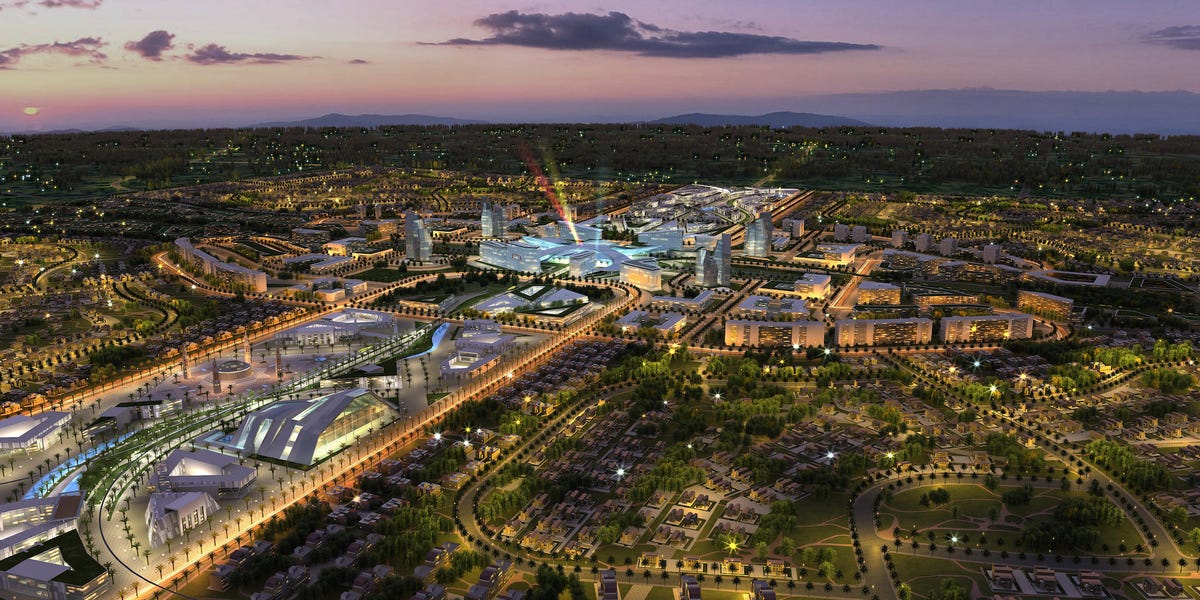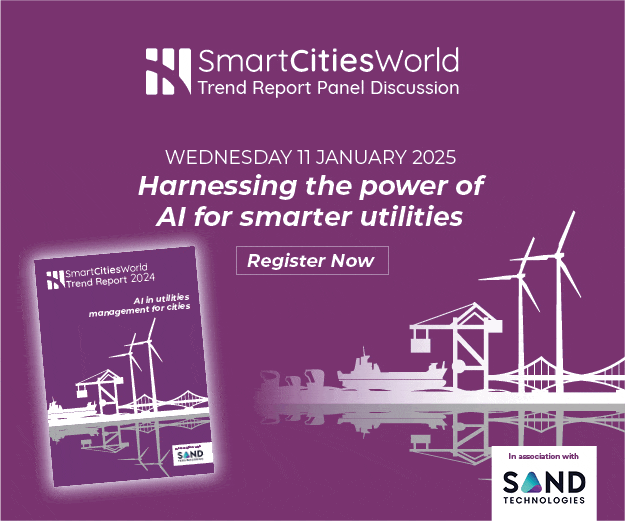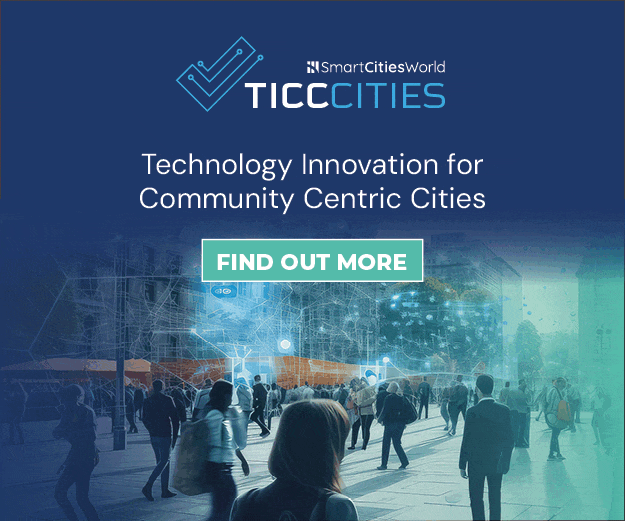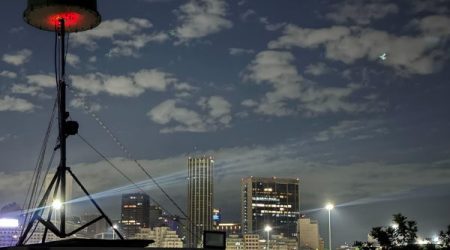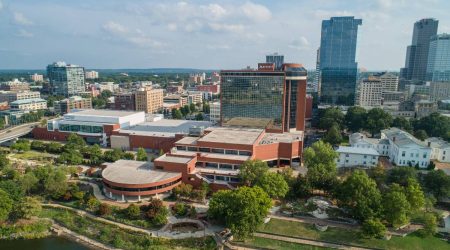Key Takeaways
- By 2050, nearly 70% of the world’s population is expected to live in cities, necessitating smarter urban planning.
- Projects by SJ Group illustrate integrating environmental stewardship and technology for sustainable urban development.
- Successful smart cities prioritize systems supporting human life over merely implementing technology.
Future of Urban Living: Integrating Technology and Sustainability
The World Bank forecasts that nearly 70% of the global population will reside in urban areas by 2050. In response, cities must efficiently manage growing populations, enhance mobility with well-designed transport systems, and utilize integrated, real-time solutions for energy and other services. While advancements in smart city initiatives have made headway, challenges remain in aligning technology with actual community needs. The focus is shifting towards embedding intelligence in urban planning from the start, prioritizing connections between design, data, and delivery.
This approach is exemplified by various projects undertaken by SJ Group across the globe, including coastal areas in Australia, educational campuses in Singapore, and industrial developments in Saudi Arabia. These projects seek to merge digital technology with environmental considerations effectively.
One noteworthy project is The Point Estate located along Victoria’s Bellarine Peninsula in Australia. Covering 195 hectares, the development prioritizes environmental sustainability while utilizing digital tools. Over two-thirds of the land is preserved as open space, featuring parks, cycling trails, and a tidal waterway to improve local ecology. The project includes innovative stormwater management strategies and has gained EnviroDevelopment certification for adhering to stringent environmental standards.
In Singapore, the National University of Singapore (NUS) has introduced a centralized Integrated Operations Center (IOC) for campus management in partnership with SJ Group. This facility allows for real-time monitoring of various campus systems, enhancing safety and operational efficiency. By consolidating security and engineering systems, the IOC optimizes emergency response and minimizes equipment downtime, contributing to a safer and more sustainable campus environment.
Additionally, Sudair City in Saudi Arabia highlights large-scale urban planning focused on economic growth. Spanning 258 square kilometers, the city is designed with tightly integrated infrastructure aimed at attracting high-tech and manufacturing industries. SJ Group’s role extends beyond engineering to strategic planning, promoting a cohesive development that is well-timed and market-ready.
Across these varied projects, one principle stands out: smart cities are defined not merely by technology but by how effectively systems serve human needs. As Yeo Choon Chong, CEO of SJ’s Integrated Solutions, emphasizes, purpose-driven design is crucial for building resilient, connected communities. Moving forward, the success of cities will hinge on the ability to embed intelligence in all phases of urban planning, benefiting current and future generations.
The content above is a summary. For more details, see the source article.



